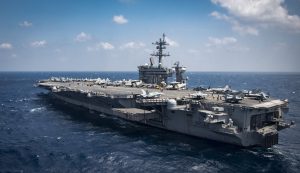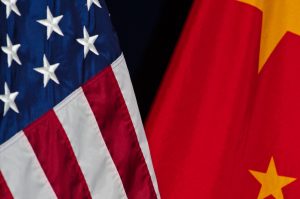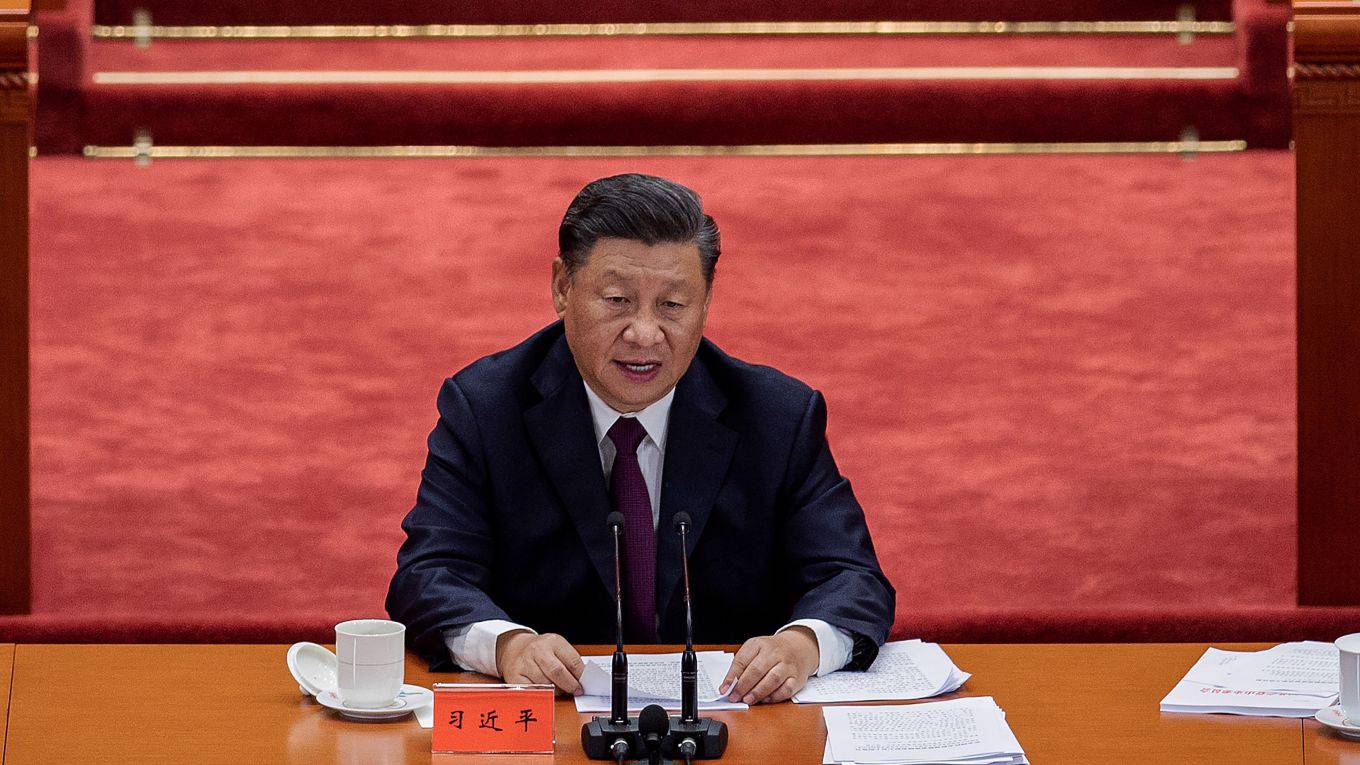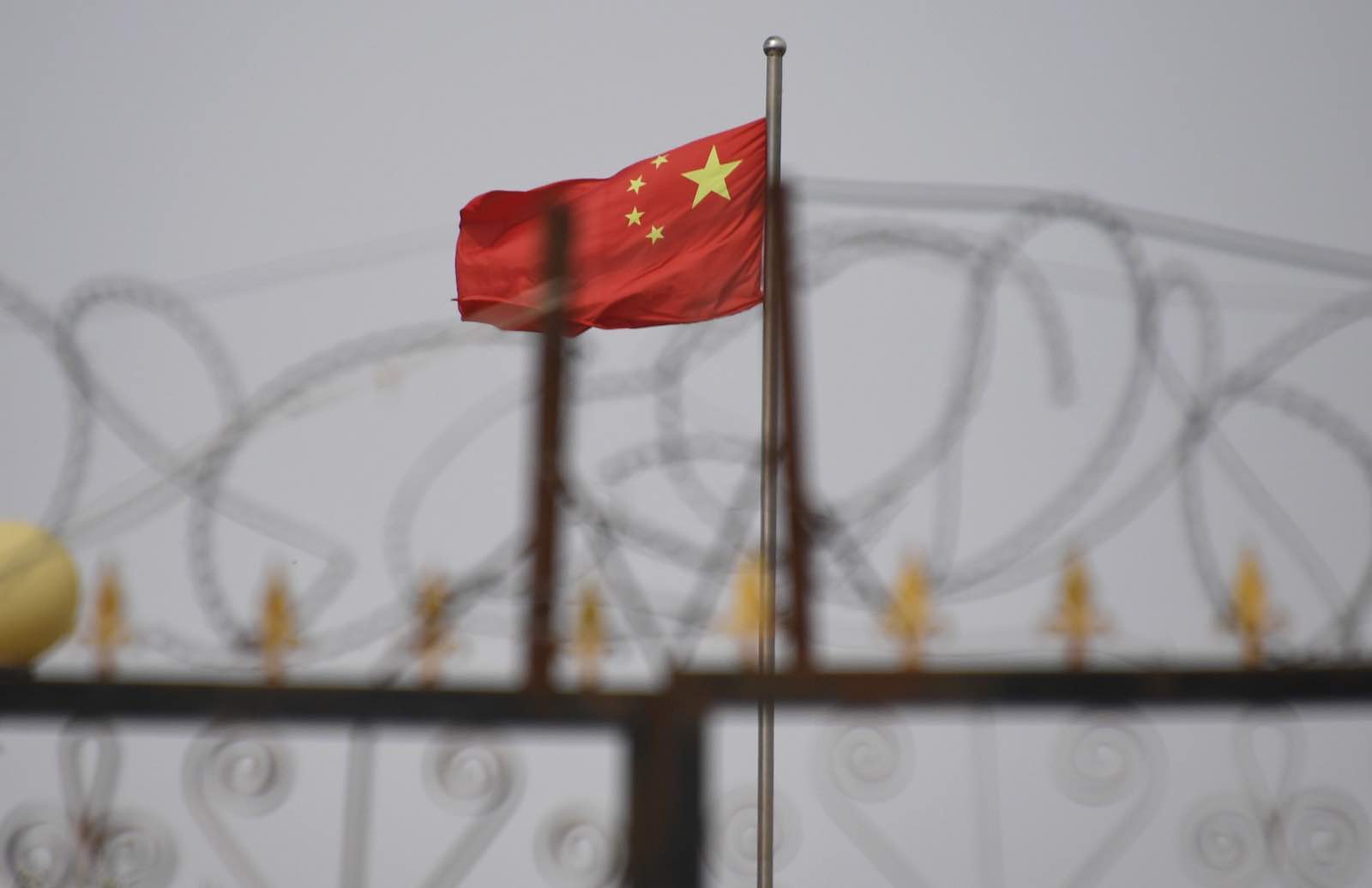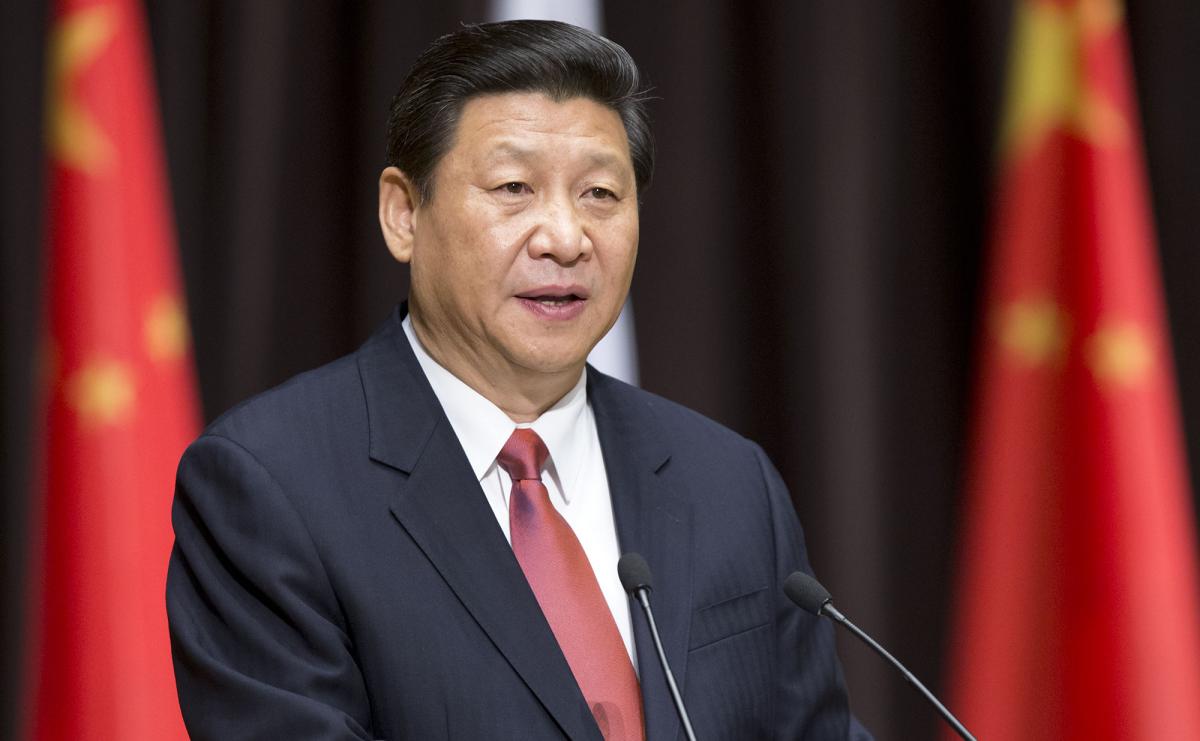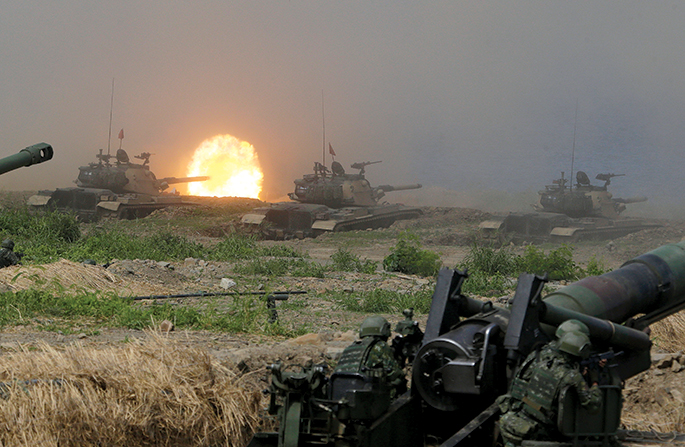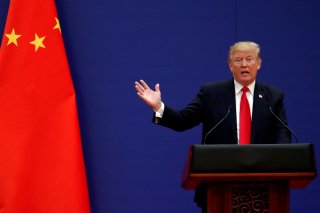BY MICHAEL HIRSH
In a debate that amounted to little more than an hour-and-half-long harangue from both sides, U.S. President Donald Trump and former Vice President Joe Biden savaged each other in the most personal terms Tuesday, with Trump questioning Biden’s intelligence and Biden calling Trump a “clown.”
In a typical exchange, Biden told Trump: “You’re the worst president America has ever had.” Trump responded: “I’ve done more in 47 months than you’ve done in 47 years, Joe.”
On the whole, Trump, who is well behind in the polls, was plainly more rattled than Biden during the entire night. He appeared to interrupt the moderator, Chris Wallace of Fox News, as much as he did Biden, earning constant rebukes from Wallace.
Early reactions from pundits and polls suggested that the sometimes gaffe-prone Biden won the debate by merely standing up to the president and sounding coherent while a heavily sweating Trump seemed to unravel several times. An early CNN poll of debate watchers found that 60 percent thought Biden won, while only 28 percent believed Trump did, though the survey was skewed toward Democratic voters.

